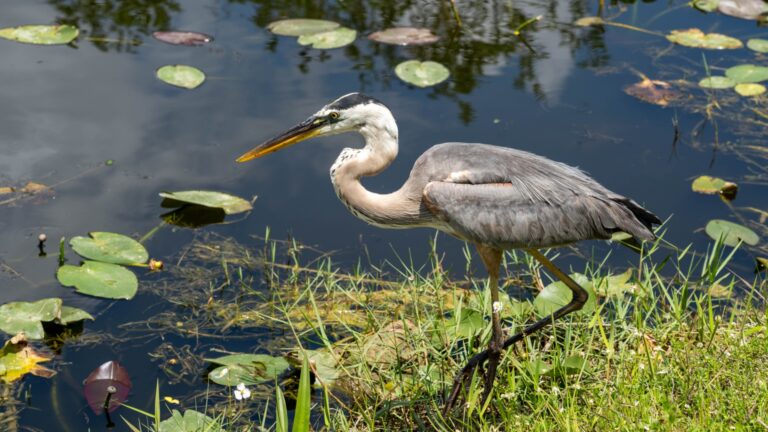Drone Captures Tailless Whale Off Washington Coast (Here’s How 11 Other Animals Survive Without Tails Too)
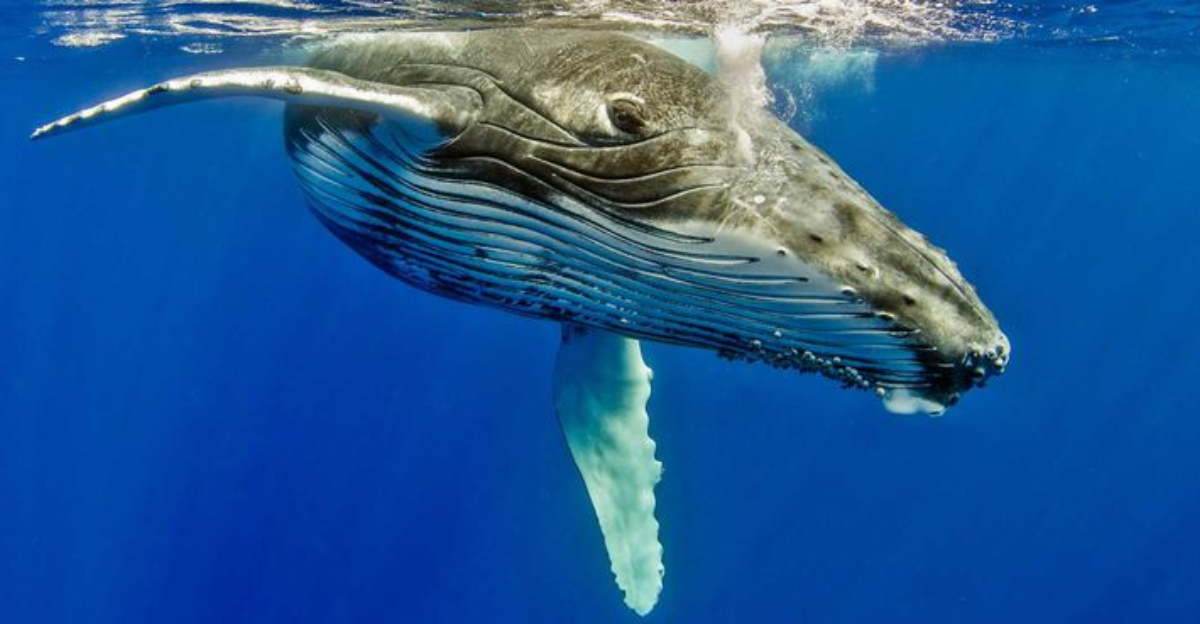
In a powerful and heartbreaking sight, a humpback whale was recently filmed swimming without its massive tail fluke off the coast of Washington State. Captured via drone by Eric Guth, the footage shows the whale adapting in ways researchers are still trying to understand.
Tails serve critical functions in many species, from swimming and balance to communication and defense. But some animals – by injury or nature – get by without them. Here’s how.
1. Humpback Whale: How Much Can It Swim Without A Tail?
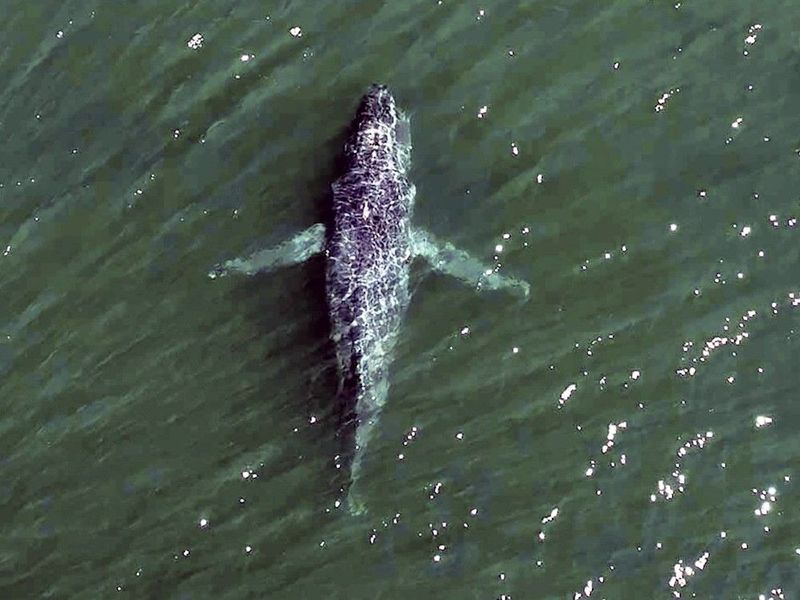
The resilient humpback in the footage relies on its 15-foot pectoral fins to navigate coastal waters. These massive side fins act like paddles, creating enough thrust to move forward despite missing its primary propulsion system.
Scientists believe this adaptation can work short-term but presents serious challenges for deep dives and seasonal migrations. Without a tail fluke, the whale must expend significantly more energy for basic movement.
2. Lizards: How Much Can They Scurry Without A Tail?
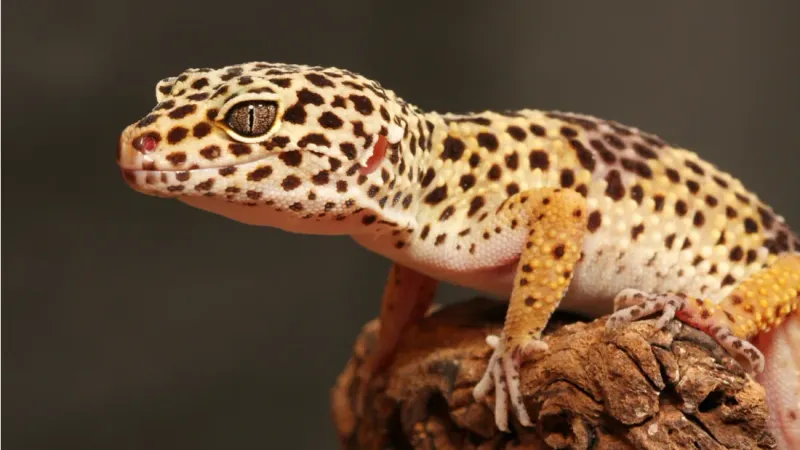
Sacrificing tails is a survival superpower for many lizards. When grabbed by predators, they can detach their tails through a special breakage plane in their vertebrae, leaving the predator with a wiggling distraction while they escape.
Movement becomes more awkward afterward, but most lizards retain about 80% of their normal speed. Within weeks or months, many species grow replacement tails—though these regenerated versions contain cartilage rather than true vertebrae.
3. Cats: How Much Can They Balance Without A Tail?

Felines born without tails, like Manx cats, compensate with remarkable bodily adjustments. Their back legs develop extra strength and their spine gains flexibility to maintain stability during jumps and quick turns.
Watch a tailless cat navigate a narrow ledge, and you’ll notice subtle differences—they place their feet more deliberately and make smaller corrections with their core muscles. Most tailless cats still climb, pounce, and play with only minor limitations.
4. Dogs: How Much Can They Move Without A Tail?

Australian Shepherds and Pembroke Welsh Corgis often have naturally bobbed tails, proving canines can thrive without full tail function. These breeds develop stronger hindquarter muscles and learn to communicate through other body language.
Racing around corners presents the biggest challenge—tailless dogs make wider turns since they lack that rudder-like counterbalance. Yet watching a bobtailed dog play fetch or navigate agility courses shows their remarkable adaptability.
5. Rats: How Much Can They Climb Without A Tail?

A rat’s remarkable tail serves as a balancing pole, temperature regulator, and fifth limb for climbing. Laboratory studies show tailless rats struggle most with vertical surfaces and narrow walkways.
Ground movement remains largely unaffected, though they take corners more cautiously. Their whiskers become even more important for spatial awareness. Interestingly, tailless rats often develop stronger grip strength in their paws to compensate when climbing.
6. Birds: How Much Can They Fly Without Tail Feathers?
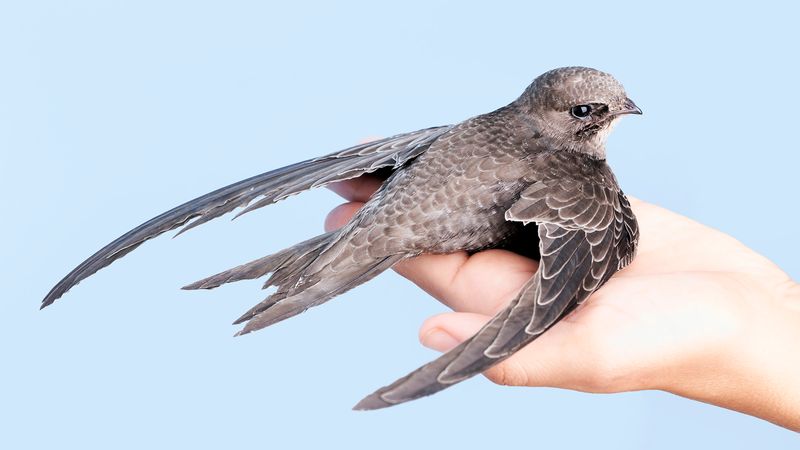
Cardinals and sparrows that lose tail feathers through predator encounters face serious flight challenges. Their aerial maneuverability decreases dramatically—imagine flying a paper airplane with the back torn off.
Short flights remain possible as they rely more on wing power and less on precision. Birds compensate by flying in straighter lines and landing more carefully. Fortunately, unlike the whale’s permanent loss, birds regrow tail feathers within weeks during their natural molt cycle.
7. Frogs: How Much Can They Leap Without A Tail?
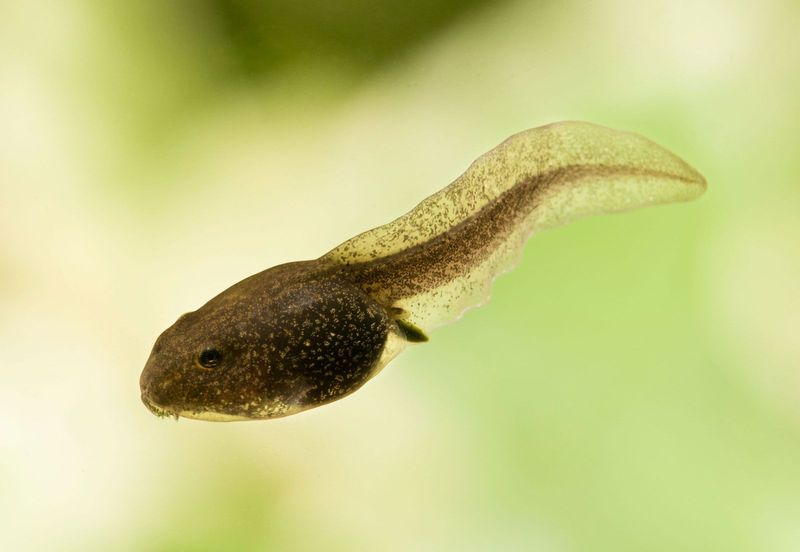
Adult frogs represent nature’s perfect example of thriving without tails. Their transformation from tadpole to adult involves absorbing their tail completely, recycling those nutrients to build powerful jumping legs.
The frog’s streamlined body design actually works better without a tail for land movement. Their muscular hind legs provide all the propulsion needed for those impressive leaps. In water, they kick those same legs in synchronized swimming motions, no tail required.
8. Seahorses: How Much Can They Cling Without A Tail?
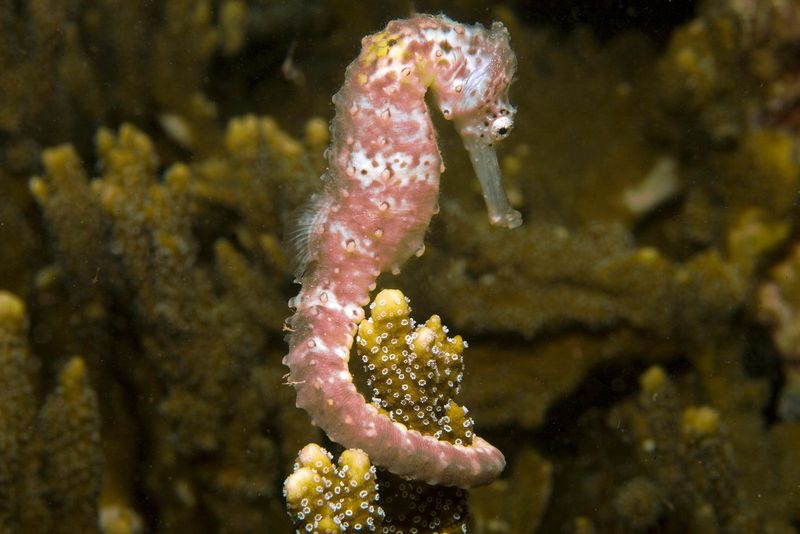
Seahorses possess perhaps the most specialized tail in the animal kingdom—a prehensile grasping appendage that anchors them to coral or seagrass. Unlike the whale’s swimming tail, seahorse tails function more like a fifth limb.
Without this crucial anchor, seahorses would drift helplessly in ocean currents. Their upright swimming style is incredibly inefficient. A tailless seahorse could survive briefly in captivity with artificial supports but would struggle tremendously in the wild.
9. Crabs: How Much Can They Walk Without A Tail?
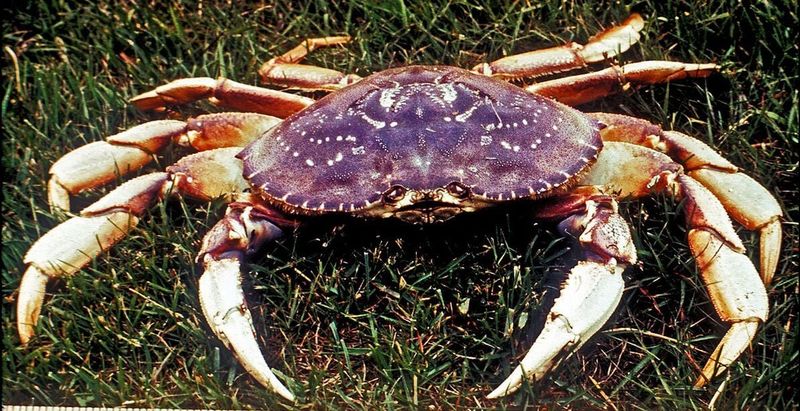
Most people don’t realize crabs actually have tails—they’re just folded underneath their bodies! These reduced tails (called abdomens) tucked against their undersides play almost no role in movement.
Crabs scuttle sideways using their articulated legs, with their tails simply protecting reproductive organs. Some species can even lose portions of their hidden tail with minimal impact. Their evolutionary path prioritized armor and sideways movement over tail functions.
10. Snakes: How Much Can They Slither Without A Tail Tip?

Snakes present an interesting case—their bodies are essentially one long spine with ribs, making the distinction between body and tail somewhat arbitrary. Biologists consider everything past the cloaca (waste/reproductive opening) as tail.
Losing a portion of tail tip barely affects movement for most species. The muscular body sections handle the primary slithering motion. However, specialized snakes like rattlesnakes would lose their warning system, and tree-dwelling species might struggle with balance during climbing.
11. Fish: How Much Can They Swim Without A Tail Fin?
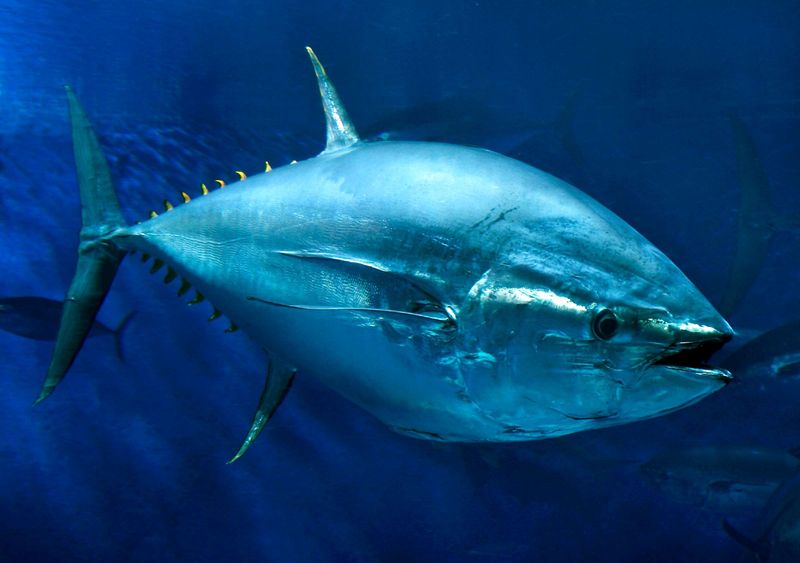
Goldfish with damaged tail fins often adapt surprising swimming techniques. Rather than the typical side-to-side tail propulsion, they increase movement of their pectoral and dorsal fins while undulating their entire body more dramatically.
Aquarium enthusiasts call this condition “swimmer’s disease” when it occurs from infection. While these fish can survive, they tire more quickly and struggle against currents. Some species compensate better than others—those with larger side fins generally adapt more successfully.
12. Turtles: How Much Can They Thrive Without A Tail?

Turtle tails serve primarily for reproduction and minor swimming guidance. Most species could lose significant portions of their tail with minimal survival impact—unlike the catastrophic loss for whales.
Land-dwelling tortoises barely use their tails at all. Aquatic turtles rely more on powerful limbs for propulsion through water. Male turtles would face reproductive challenges without tails, but females could continue nesting successfully, digging with their back legs.





